In a German-Australian cooperation between the largest applied research organization in Australia (CSIRO Brisbane) and the TZW, molecular biological monitoring methods for water quality were jointly further developed.
Water monitoring and quality control are essential to protect public health. The rapid, specific and sensitive detection of microbial indicators and pathogens offers great potential for microbial quality monitoring.
In August 2017, a German-Australian cooperation called “gabi - German Australian Joint Cooperation for Water Microbiology”, was launched between the largest organisation for applied research in Australia (CSIRO, Brisbane) and the DVGW-Technologiezentrum Wasser (German Water Centre, TZW). As part of this cooperation, molecular biological methods to monitor water quality were further developed and optimised for use in routine analysis. Specific and sensitive detection and indicator organisms using molecular biological tools open up new possibilities for rapid monitoring and the further assessment of microbiological water quality. Topics such as the PCR detection of viruses and bacteria, the use of microbial source tracking (MST) to identify sources of faecal contamination, the detection of antibiotic resistance and the use of microarray technology were addressed in this collaboration.
In the first project phase, a joint PCR reference laboratory was established and concepts for water reuse were developed and tested at pilot sites using the newly developed methods. In the second phase of the project, both partners worked together in more depth on research questions related to water monitoring. Although the implementation of the project was severely limited by the COVID-19 pandemic, innovative methods for the detection of antibiotic-resistant bacteria and antibiotic resistance genes in surface water and wastewater were established in particular. The Joint Lab is to be continued after the end of the project via follow-up projects. In addition, the developed analytical methods will be offered as a service for contract work, e.g. for water suppliers.
Publications
Sidhu, J.P.S.; Gupta, V.V.S.R.; Stange, C.; Ho, J.; Harris, N.; Barry, K.; Gonzalez, D.; van Nostrand, J.D.; Zhou, J.; Page, D.; Tiehm, A.; Toze, S.: Prevalence of antibiotic resistance and virulence genes in the biofilms from an aquifer recharged with stormwater. Water research 185: 116269 (2020) DOI: 10.1016/j.watres.2020.116269
Stange, C.; Sidhu, J.P.S.; Toze, S.; Tiehm, A.: Comparative removal of antibiotic resistance genes during chlorination, ozonation, and UV treatment. International journal of hygiene and environmental health 222, 3: 541–548 (2019) DOI: 10.1016/j.ijheh.2019.02.002
Stange C., Sidhu J.P.S., Tiehm A., Toze S.: Antibiotic resistance and virulence genes in coliform water isolates. International Journal of Hygiene and Environmental Health 219: 823-831 (2016) DOI 10.1016/j.ijheh.2016.07.015
Ho J., Seidel M., Niessner R., Eggert J., Tiehm A.: Long amplicon (LA)-qPCR for the discrimination of infectious and noninfectious phiX174 bacteriophages after UV inactivation. Water Research 103: 141-148 (2016) DOI 10.1016/j.watres.2016.07.032
Stoll C., Sidhu J.P.S., Tiehm A., Toze S.: Prevalence of clinically relevant antibiotic resistance genes in surface water samples collected from Germany and Australia. Environmental Science & Technology 46: 9716-9726 (2012) DOI 10.1021/es302020s


![[Translate to English:] Prüfstelle-Produktprüfung_Teststand Test centre and product testing](/fileadmin/_processed_/0/9/csm_TZW-Karlsruhe_Pruefung_Geraete-Teststand_444204ae51.jpg)
















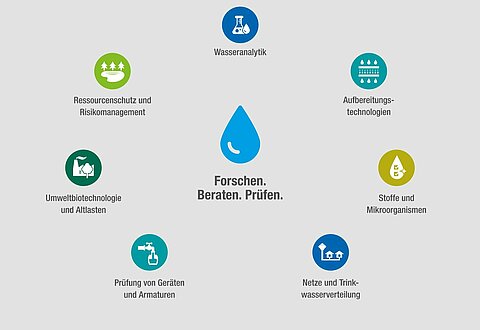
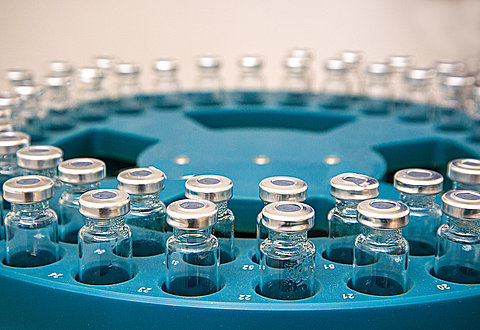
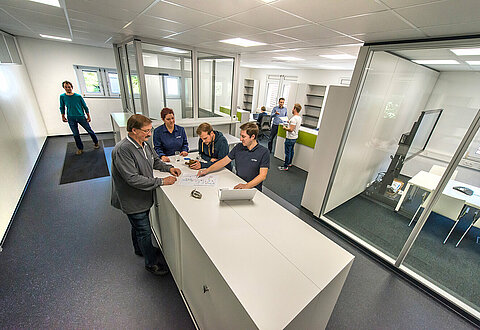
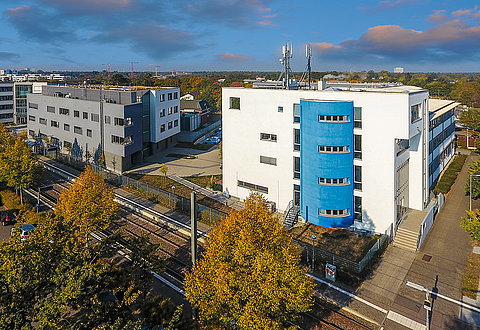
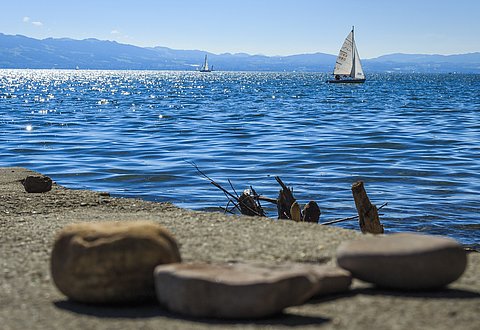


![[Translate to English:]](/fileadmin/_processed_/c/1/csm_Gabi_190715_5e97f1c850.jpg)
